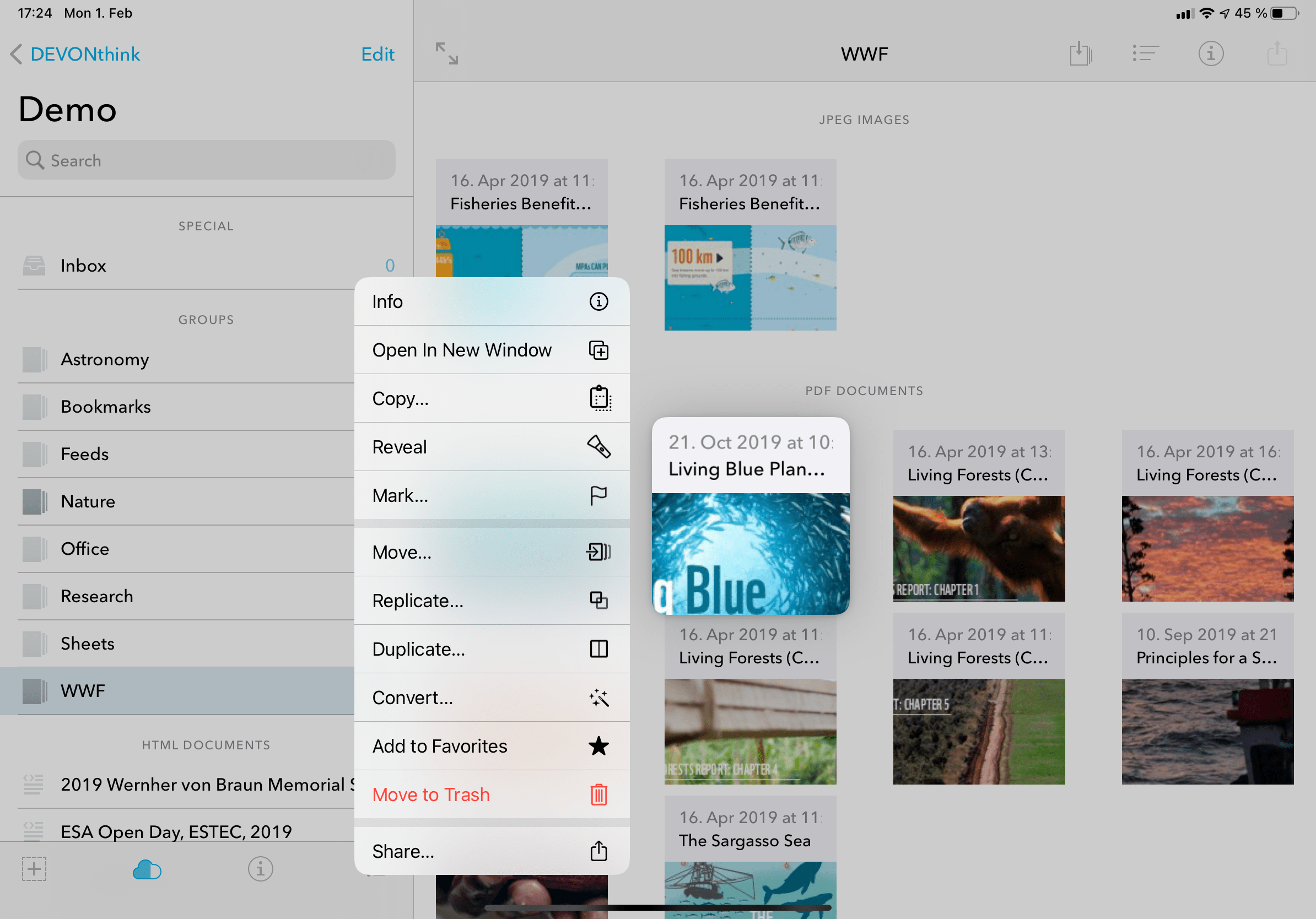


It would be a nice feature if I could simply identify which attributes would be added to DTPO’s tags – automating the process I go through now. The TBX notes then contain redundant data.

When the time comes to export these notes to DTP, then I either lose this extra data, or I have to pre-process the notes to add the contents of the attributes to $Tags, so that they’re captured in DTPO. If I take notes in TBX, then of course I keep data in discrete attributes ($Source, $Author, $BoolWhatever, $StrThingy and so on). User-defined mapping of TBX attributes to DTP tags.
DEVONTHINK TO GO SYNC HOW TO
(** check “Help” in DEVONthink for an explanation of how to use DEVONthink sync)Īssuming this thread is for the TBX side only (i.e. And maybe other possibilities, such as Tinderbox automatically building a map of the content of a particular tag group in a DEVONthink database.It is flexible so that multiple Tinderbox documents could access the sync store, or multiple Tinderbox documents could access different documents in the DEVONthink database, depending on the tags configured for that document.In addition to assisting desktop users, this method in (2) would open the way for DEVONthink to Go to be a capture mechanism for Tinderbox on iOS.If a Tinderbox note had one of the configured $Tag then it would be sent up to that database’s Inbox group in the sync store. Those documents would then be brought from that database’s sync store into a “DEVONthink Sync” container - again, similar to what happens with Simplenote. A setup panel in Tinderbox Document Settings could capture the sync store’s address and password, the name of a database in that sync store, and the tag(s) to grab. Similar to what happens with Simplenote sync – let’s say that users would tag documents in a database. Some way for Tinderbox to grab data (documents) from DEVONthink sync stores**. Import individual DEVONthink item label colors as a “color” attribute that could be used in rules or agents or stamps. Text changed in one app is reflect in the other. Bi-directional sync (RTF and plain text files – including markdown).


 0 kommentar(er)
0 kommentar(er)
